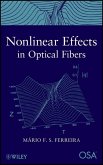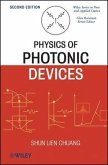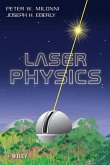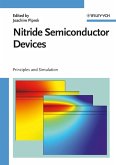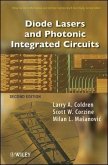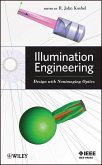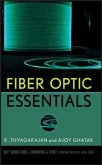A classroom-tested introduction to integrated and fiber optics This text offers an in-depth treatment of integrated and fiber optics, providing graduate students, engineers, and scientists with a solid foundation of the principles, capabilities, uses, and limitations of guided-wave optic devices and systems. In addition to the transmission properties of dielectric waveguides and optical fibers, this book covers the principles of directional couplers, guided-wave gratings, arrayed-waveguide gratings, and fiber optic polarization components. The material is fully classroom-tested and carefully structured to help readers grasp concepts quickly and apply their knowledge to solving problems. Following an overview, including important nomenclature and notations, the text investigates three major topics: * Integrated optics * Fiber optics * Pulse evolution and broadening in optical waveguides Each chapter starts with basic principles and gradually builds to more advanced concepts and applications. Compelling reasons for including each topic are given, detailed explanations of each concept are provided, and steps for each derivation are carefully set forth. Readers learn how to solve complex problems using physical concepts and simplified mathematics. Illustrations throughout the text aid in understanding key concepts, while problems at the end of each chapter test the readers' grasp of the material. The author has designed the text for upper-level undergraduates, graduate students in physics and electrical and computer engineering, and scientists. Each chapter is self-contained, enabling instructors to choose a subset of topics to match their particular course needs. Researchers and practitioners can also use the text as a self-study guide to gain a better understanding of photonic and fiber optic devices and systems.
Dieser Download kann aus rechtlichen Gründen nur mit Rechnungsadresse in A, B, BG, CY, CZ, D, DK, EW, E, FIN, F, GR, HR, H, IRL, I, LT, L, LR, M, NL, PL, P, R, S, SLO, SK ausgeliefert werden.



